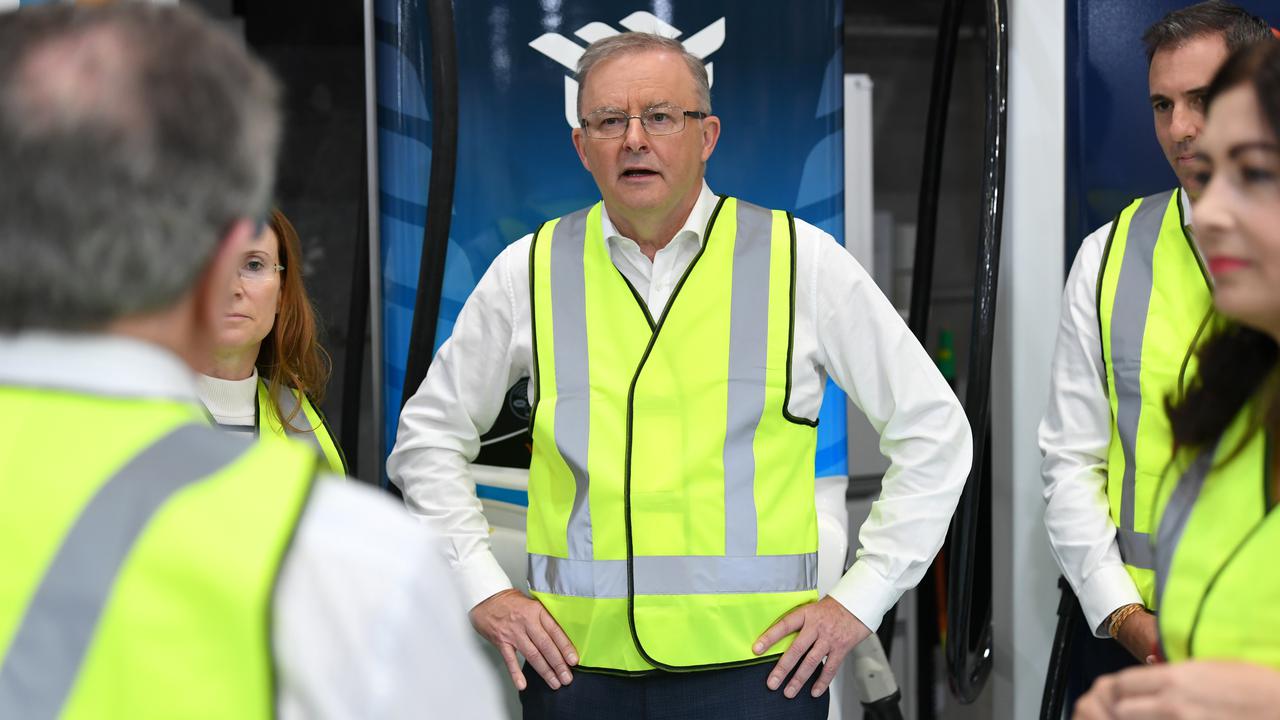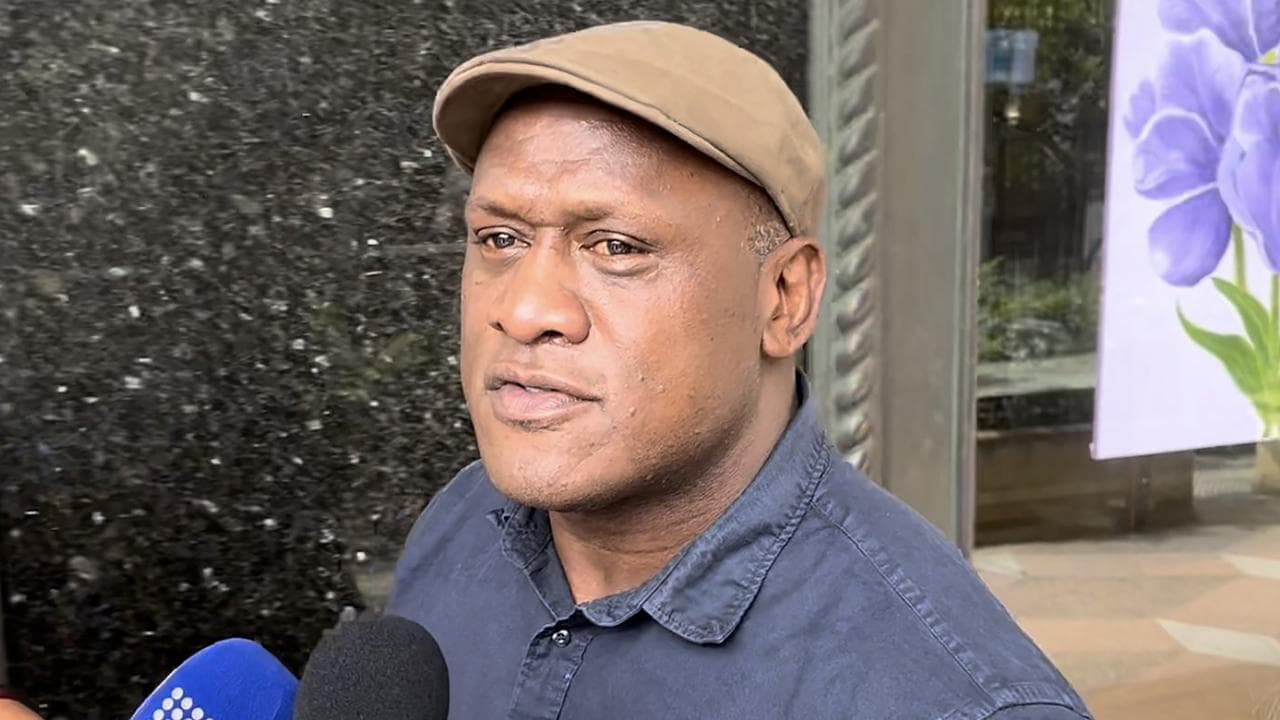Federal Labor leader Anthony Albanese has attempted to turn the pre-election focus to his opponents' record on trades, claiming there are 85,000 fewer apprentices and trainees today than when the coalition came to power.
The claim is mostly true, but doesn't provide the full picture. Mr Albanese's figures rely on official data from the National Centre for Vocational Education Research (NCVER), which shows there were 83,009 fewer apprentices and trainees in March 2021 compared to September 2013.
However, more recent data from the Department of Education, Skills and Employment (DESE) shows a gap of 65,328. The number of apprentices and trainees was also already falling when Labor left office in 2013 after hitting a record high in the previous year.
Ahead of a Labor campaign rally on December 5, Mr Albanese said: "For nearly a decade, the Liberal-National government has cut TAFE and slashed apprenticeships. Today, we have 85,000 fewer apprenticeships and traineeships compared to 2013."
His claim has been widely covered in Australian media, including here, here and here. Mr Albanese has made the same claim on other occasions, featured in the media here, here and here.
A spokesman for Mr Albanese told AAP FactCheck in an email that the claim was based on official data from NCVER, the national body responsible for collecting, analysing and communicating statistics on vocational education and training in Australia.
NCVER publishes quarterly figures on apprenticeships and traineeships; these are split into two main categories: trade and non-trade. As explained here by The Mitchell Institute, a health and education think tank based at Victoria University, 'trade' positions are mostly apprenticeships, typically comprising four years of training in jobs such as plumbing, hairdressing or commercial cookery.
'Non-trade' positions are mostly traineeships, which are typically much shorter placements in sectors such as retail, hospitality and childcare. Apprenticeships and traineeships both require a formal contract of training and must be registered with an appropriate state or territory training authority.
NCVER provided AAP FactCheck with 'in training' apprentice and trainee figures for each quarter going back to March 2010. Figures for September 2013 - the month the coalition won the 2013 election - show there were an estimated 412,594 apprentices and trainees in training at the time.
The latest figures available from NCVER - which Mr Albanese used as the basis of his claim - show that as of March 31, 2021, there were 329,585 apprentices and trainees in training in Australia, a deficit of 83,009 compared to September 2013 and close to the quoted figure of 85,000.
However, Mr Albanese's claim is challenged by more recent figures published by DESE. In a media release from Employment Minister Stuart Robert on November 19, the department's quoted figure for apprenticeships and traineeships was 347,266 as of June 2021 - a 65,328 deficit compared to the equivalent NCVER figure for September 2013.
A spokesman for the department told AAP FactCheck in an email that NCVER is the official source of figures on apprenticeships and traineeships but Mr Robert's figures referred to departmental program data used to monitor activity between NCVER reporting periods.
The departmental data is sourced from commonwealth records and provides "a more contemporary snapshot of apprenticeship activity", the spokesman said. NCVER's next statistical release on apprenticeships and traineeships - covering the June 2021 quarter - is due to be published on January 24, 2022.
The accuracy of Mr Albanese's claim, therefore, largely depends on which figures are used. NCVER's official figures for March 2021 justify the claim that there were 85,000 fewer apprenticeships and traineeships compared to September 2013. However, DESE's "snapshot" figures for June 2021 indicate the gap has likely since narrowed.
While Mr Albanese links falling apprenticeships and traineeships to the change of government, the numbers were already sliding before Labor lost office in 2013. The historical NCVER data shows apprenticeships and traineeships hit an all-time high of 514,780 in June 2012, when Julia Gillard was prime minister. By the time Labor left office in September 2013, the number had dropped by more than 100,000.
In a 2017 Mitchell Institute paper called 'Finding the truth in the apprenticeships debate', policy experts Peter Noonan and Sarah Pilcher say the 2012 peak in apprentice and trainee numbers was driven by companies registering large numbers of existing workers as trainees to take advantage of employer incentive payments.
The subsequent decline in the number of apprentices and trainees from 2012 was primarily due to the federal government tightening the rules on existing worker trainees, the paper says (pg 5-7).
The NCVER data shows that between the peak in June 2012 and March 2021, in-training non-trade positions dropped around 60 per cent, while trade positions fell only two per cent. Trade apprenticeships have since reached record numbers, according to Mr Robert's November press release.
The Verdict
Mr Albanese's claim is justified based on official numbers for March 2021, but the current figure may now be smaller. Official figures show there were around 83,000 fewer apprentices and trainees in Australia on March 31 compared to September 2013, when the coalition took office. However, more recent snapshot figures show a deficit of around 65,000 in June 2021.
Mostly True - The claim is largely accurate but includes minor errors or problems.
AAP FactCheck is an accredited member of the International Fact-Checking Network. To keep up with our latest fact checks, follow us on Facebook, Twitter and Instagram.












